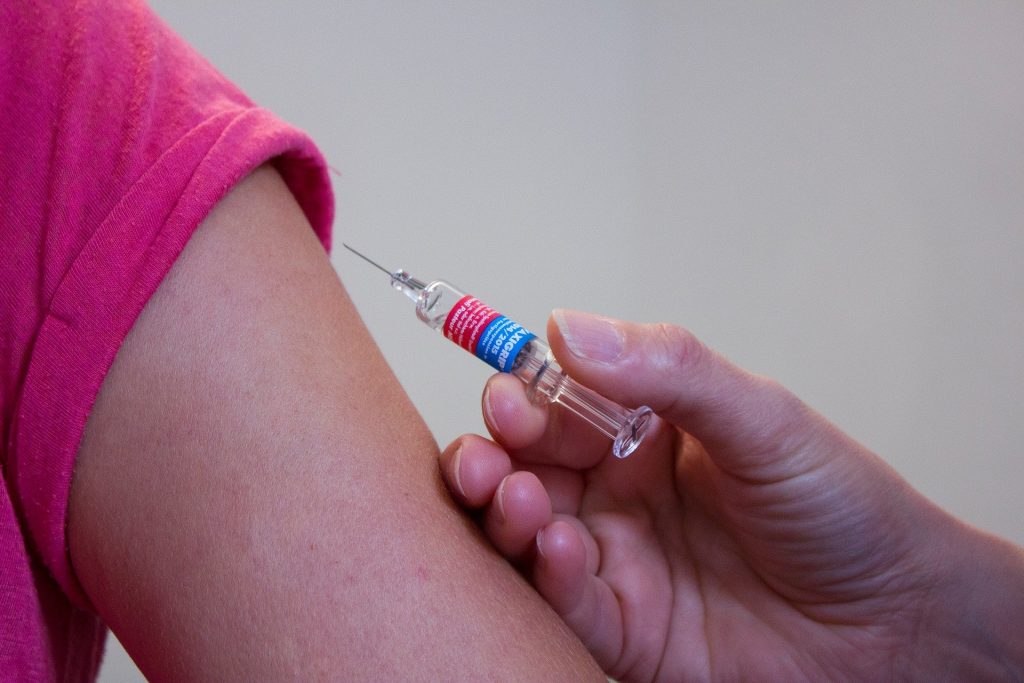According to recent reports, there has been a rise in needlestick injuries amongst nurses giving out COVID-19 vaccines. The Royal College of Nursing (RCN) said a survey of more than 7,500 of its members showed that 15% had suffered a so-called “sharps” injury in 2020 compared with 10% in 2008.
The reasons for the rise in needlestick injuries include: the pandemic causing fatigue, low staffing levels, lack of training and safer sharps and sharps bins not being available.
Jude Diggins, RCN Interim Director of Nursing, Policy and Public Affairs said: “These findings suggest the pandemic has highlighted a problem that has not been fully tackled yet. Most sharps injuries can be prevented and there are legal requirements on employers to take steps to prevent healthcare staff being exposed to infectious agents from sharps injuries.”
Rose Gallagher, RCN Professional Lead for Infection Prevention and Control, added: “In 2013 new regulations were brought in to reduce sharps injuries but these findings suggest there is still some way to go to protect all parts of the nursing workforce. We now need to see greater efforts for better reporting and training to not only prevent injuries but to ensure there are stronger procedures to follow up and protect nursing staff after injuries.”

Needlestick Injuries
A needlestick injury happens when a contaminated needle goes through the skin. Needlestick injuries are also often known as ‘sharps injuries. Needlestick injuries can be very serious if, for example, a needle has taken infected blood and it accidentally pierces someone’s skin, the infection could be transmitted to that person.
What is the most common cause of needlestick injury?
There are lots of different causes of needlestick injuries across different sectors. Needlestick accidents at work can happen in any job that involves handling needles, but some of the most common causes of needlestick injuries include:
- Incorrectly disposing of used needles
- Lack of training on correct use of needles
- Not having the right equipment to dispose of needles
- Lack of protective clothing or equipment
- Defective equipment
- Fatigue after doing long hours
Hospital workers are particularly vulnerable to this kind of accident. The NHS has a needlestick injury protocol, with which you should familiarise yourself. The Health and Safety (Sharp Instruments in Healthcare) Regulations 2013 also apply to the healthcare sector.
What to do if you get a needlestick injury?
If you suffer a needlestick injury, the NHS guidelines encourage you to wash the wound with soap and running water. This encourages the wound to bleed. You should seek medical advice to find out if you need treatment to reduce the risk of infection.
As soon as you’ve received appropriate medical care, record the injury in your workplace accident log. As with any workplace injury, reporting needlestick injuries is important. Reporting a needlestick injury means that your employer is aware of the issue. It also means you have a record of the accident.
How We Can Help with the Rise in Needlestick Injuries
Here at The Compensation Experts we work with solicitors who have years of experience in dealing with personal injury claims. This includes needlestick injury claims. Contact us by filling in our contact form. Or call us on 01614138765 to speak to one of our friendly knowledgeable advisors.